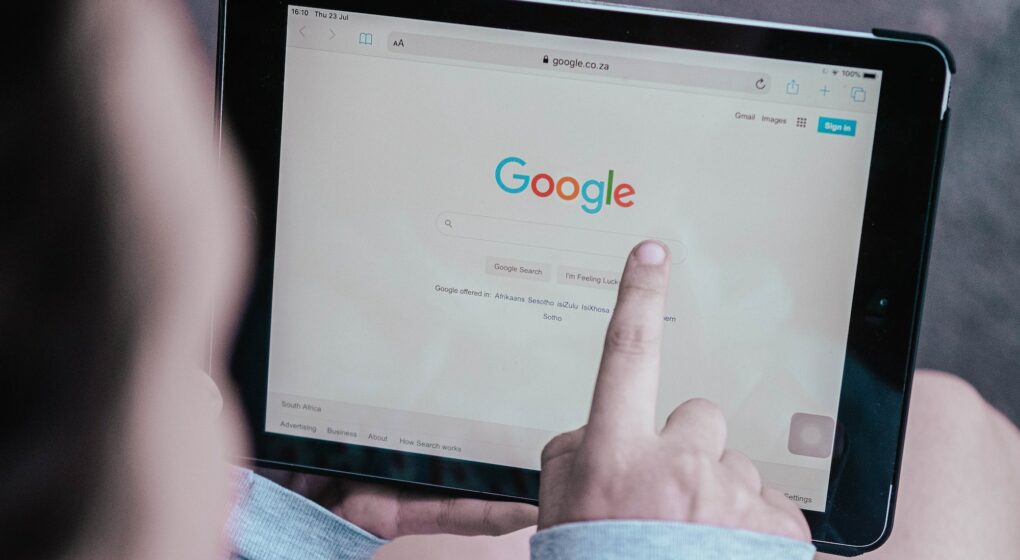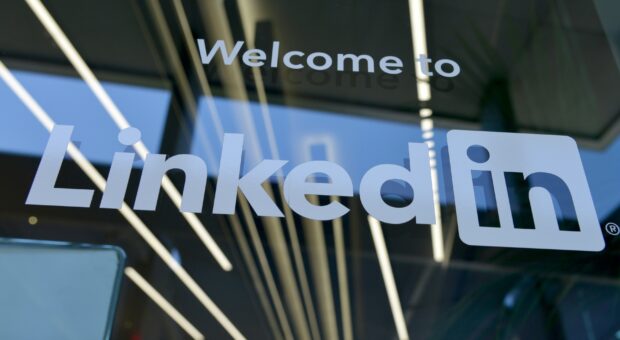
Search engine marketing (SEM) has long been a popular and effective way to grow your business amidst the ever-expanding digital marketplace. The practice of using paid advertisements to appear on search engine results pages (SERPs) is a concrete and measurable way to get your business out there, but search engine marketing has experienced a lot of change in the last 3-5 years, and that shift hasn’t always been welcomed with open arms.
SEM works by allowing advertisers to bid on keywords that users might enter when searching for a certain product or service on Google (or Yahoo or Bing). This gives advertisers the opportunity to place their ads at the top of the search results page for search queries that are relevant to their product or service. Historically, setting up and managing SEM campaigns has largely been a manual process, with in-house or agency teams helping businesses to design, run and optimize their ads with frequent, hands-on management required for success.
Today, however, many of the time-consuming SEM processes have become automated. Much like automation in other industries, the introduction of new technology into the SEM game has been met with some skepticism. As with artificial intelligence and machine learning in general,we don’t always know how decisions are being made or what is going on behind the scenes. Companies like Google’s automated algorithms make decisions based on performance, often forcing advertisers to invest more and more money to get their desired results, but often lacks the human element we believe is so critical. There is a lot of pressure coming down on digital marketers from these big platforms to do more with automation to achieve the “best results,” but this isn’t appropriate for every client, especially those trying to reach a niche audience. Today we’ll give you some backstory on this shift, and help you assess whether using automation in search engine marketing will work for you.
The shift to automation, AI, and machine learning in SEM
It’s no secret that automation is slowly creeping into many areas of our everyday lives. Big tech companies are often early adopters, and in the case of SEM, Google has been a major driver of increased automation. The intent behind automating more of these traditionally manual processes was to save time, while increasing effectiveness. Moving away from time consuming tasks like manual bid adjustments and A/B ad testing has allowed digital marketers to spend more time focusing on strategy and testing new tactics.
Google has automated a lot of manual tasks by introducing features including (though not limited to):
- Smart Bidding: Instead of manually updating keyword bids, Google Ads will do it for you. They’ve automated bidding with the aim of helping you meet your performance goals (for example, clicks, conversions, Target CPA and Target ROAS). At auction time, Google uses a number of signals (things like location, time of day, device, browser, etc.) to determine the right bid for that specific search based on the goal of the campaign. This happens in real-time for every search. This feature has proven successful in many cases. However, it does need to be set up correctly to allow machine learning to work its magic. In addition, campaigns need to be closely monitored to ensure performance is in line with your goals.
- Responsive Search Ads (RSAs). A Responsive Search Ad is an ad that adapts over time to show the most relevant messages to your customers. When creating the ad, you input multiple headlines and descriptions, and Google Ads will test different combinations to find the version that performs best. Since Google sunsetted the ability to create new Expanded Text Ads in June 2022, RSAs have become the sole search ad format for new campaigns. While great in principle, it can be challenging to come up with enough unique headlines and descriptions that earn a “Good” or “Excellent” ad strength rating. In addition, as the ads run, you are unable to see performance metrics outside of impressions for each ad variation. Google does provide a rating of “Low”, “Good”, or “Best” for each asset, however it can be difficult to determine what is driving performance as a whole.
- Broad Match Keywords: Broad match keywords have been around for a long time. While they aren’t an automated feature, use of broad match keywords in search campaigns contributes to Google’s machine learning. It is no longer necessary to bid on a long list of every possible keyword a user could search for. Utilizing broad match keywords, along with Smart Bidding and RSAs, ensures you’re reaching the right user with the right bid and the right messaging. Switching from a tighter matchtype like phrase or exact to broad match has likely been one of the hardest pills to swallow for most digital marketers. However, as match types have evolved over the last few years, it’s no longer just about showing for the right keyword, but showing for the right user. Therefore broad match allows you to reach users with the right intent, that might not have searched for your exact keywords.
Many marketers feel that this movement towards using artificial intelligence (AI) and machine learning is ultimately taking the control and decision-making power away from them. To many marketers, there is a belief that the human element will always have a bit of an upper hand over computers, because we have a much better understanding of our customers’ objectives and needs.
There are still critical aspects of SEM that haven’t been automated, including more overarching, strategic elements like campaign strategy and optimization. While Google has introduced features that help save marketers time managing campaigns once they are live, they do not provide brands with strategic guidance on campaign creation. At VONT, we take the time to understand our client’s brand, audiences and goals before we launch any campaigns. This ensures that our campaign strategy is aligned with our client’s objectives. The same principle applies to campaign optimization. Although Google can adjust keyword bids for us, there are still other manual levers that can be pulled to optimize performance. Without the help of a seasoned digital marketer, your campaigns may not reach their full potential.
Is automation for your business?
So what does all of this mean for your business? Well, it depends.
Automation should be tested. We can’t expect that every new, automated feature Google rolls out is going to work for every brand. In fact, sometimes it doesn’t, but that is the beauty of testing! Try something new and if you aren’t seeing the results you want or expect, you can always revert back or take another approach. Automation isn’t one size fits all, but through thoughtful testing and optimization you may find that it’s exactly what your campaigns need.
VONT’s approach to automation
Whether automation will work for your particular use case is a very individual decision, and is unique to each business’ needs. VONT approaches client work with a mix of automation and manual campaign management. It can feel unsettling to relinquish control to automation, where it sometimes feels like a leap of faith, so we like to retain at least a modicum of control. We test platforms and new options as they are rolled out, in a systematic way and with a critical eye, because at the end of the day, we have our clients’ best interests at heart and want to see their campaigns succeed. We advocate first and foremost for our clients, and we’re confident that we can help you find the right mix of automation and hands-on professional support to achieve your goals.
About VONT Performance Digital Marketing
At VONT we believe that change is the only constant in the digital world – and that excites us. When tools and environments are constantly changing, new opportunities to help our clients achieve success are constantly arising. Each new advertising technology, social platform, or design approach allows us to improve on the results we achieve for our clients. We believe in this idea of continual fine-tuning so much that we named our company VONT, which means to achieve exponential improvement in incremental steps. It is our core belief, and the reason why we are not simply a web design company or simply a digital advertising agency, but rather a long-term, single source partner providing a comprehensive array of web development and digital marketing capabilities.

